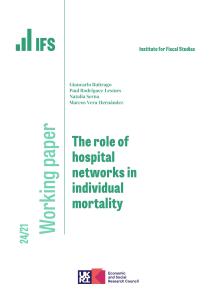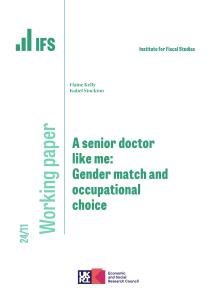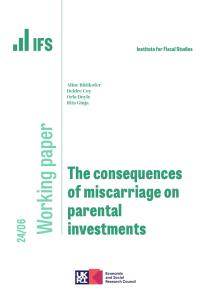Access
Dying is expensive in America. Healthcare expenditures from all payors (public and private) total $80,000 in the last 12 months of life and $155,000 in the last 3 years. Although most end-of-life expenses are paid by insurers such as Medicare and Medicaid, the amount households pay out-of-pocket is hardly trivial. Furthermore, some conditions, such as dementia, are not well insured, leaving families with potentially enormous liabilities. In this viewpoint, we discuss the current funding of end-of-life care in the US. We argue that long-term care (LTC) expenses are underinsured relative to other types of late-in-life care, such as hospital spending and doctor visits. We then discuss potential reforms that would better insure families against catastrophic expenses related to LTC.
Authors
Karolos Arapakis
Boston College

CPP Co-Director
Eric is the Montague Burton Professor of Industrial Relations and Labour Economics at the University of Cambridge and Professor of Economics at UCL.
John Jones
Federal Reserve Bank of Richmond

Research Associate University of Bristol
Jeremy is a Research Associate at IFS and an Assistant Professor at the University of Bristol with particular interest in public economics and health.
Journal article details
- DOI
- 10.1016/j.lana.2022.100359
- Publisher
- The Lancet Regional Health – Americas
- ISSN
- 2667-193X
- Issue
- Volume 15, November 2022
Suggested citation
Arapakis, K et al. (2022). 'How should we fund end-of-life care in the US?' 15(2022)
More from IFS
Understand this issue

If you can’t see it, you can’t be it: role models influence female junior doctors’ choice of medical specialty
24 April 2024

The NHS waiting list: when will it come down?
29 February 2024

Why inheritance tax should be reformed
18 January 2024
Policy analysis

IFS response to Labour Party announcement on NHS waiting lists
28 May 2024

How should we interpret parties’ public spending pledges this election?
23 June 2024

Main parties’ manifestos tell us little about the funding individual public services would actually receive
23 June 2024
Academic research

The role of hospital networks in individual mortality
13 May 2024

A senior doctor like me: Gender match and occupational choice
24 April 2024

The consequences of miscarriage on parental investments
22 March 2024